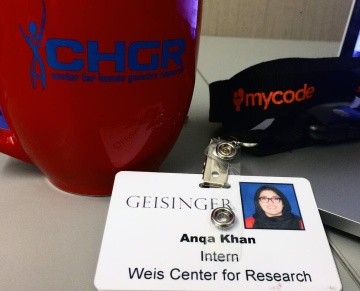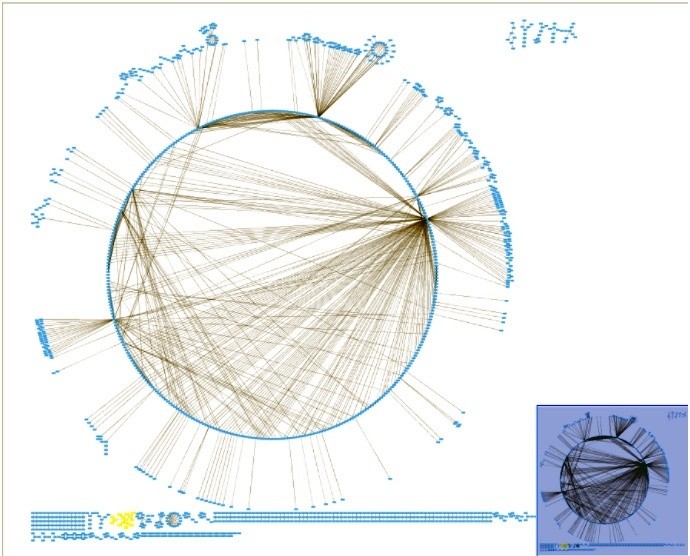Two lenses, one worldview
A biology and film studies double major, Anqa Khan ’17 is gaining an intersectional understanding of public health through her research and internships.
“That’s so interesting!”
I smile politely as yet another person reacts to finding out that I am a biology and film studies double major. I’ve always struggled with responding to that statement. It definitely is interesting—that’s why I’m studying the two! But for me, these two disciplines, which seem galaxies apart for some, simply use two different lenses to understand the world: one through a microscope, the other through a camera.
Luckily for me, I chose a liberal arts college where I could make such a connection. When I told my Mount Holyoke prehealth advisor during my first year that I wanted to study humanities and the sciences, I was encouraged and supported. Had I chosen the university close to home, where these two disciplines are—literally and figuratively—miles apart, I’m sure my story and future would be unfolding in a different way.
Research experience: the sole undergrad
This past summer, I had an incredible opportunity to work as a research intern in the biomedical and translational informatics lab at Geisinger Health System, located near the Penn State University Park campus. It was my first experience in research. As the sole undergraduate student intern in a workspace of doctoral students and staff researchers, I was more than a little intimidated at first.
Fortunately, my mind was put at ease once I began working on the project alongside my colleagues. In addition to being brilliant scientists, my mentors were incredibly patient and understanding. They dedicated a lot of time and energy to ensure that I knew what I was doing, and that I was learning something at each step of the way.

Under principal investigator Marylyn D. Ritchie, the lab is conducting a phenome-wide association study—which is to say, the group seeks to unravel clinically significant relationships of the human genome with immunological conditions. The Ritchie lab ran analyses on the electronic health records of 50,000 Geisinger patients to identify novel single nucleotide polymorphisms (SNPs), which we then associated with disease phenotypes.
My job was to run further analyses on this data so that we could understand the biological pathways of disease. I also analyzed how the pathways interacted with genes affected by SNPs. Over the course of 10 weeks, I used a myriad of bioinformatics applications, including the UCSC genome browser, the KEGG database, and Cytoscape, that I had never worked with before. I was also tasked with translating my 740-point dataset into interactive phenograms and biological pathway networks.
Microscope, meet camera
Because of my background in biology and my understanding of human disease and genetic pathways, I definitely approached the data from an epidemiological perspective. But my work in film studies, and the years I’ve spent honing critical thinking and analytical skills, proved useful in two key ways: when I had to distill and visualize the data for publication, and when my work called for extreme attention to detail.

The public health link
In terms of my future, I am interested in public health from both sides of the spectrum—that is, from epidemiology to social determinants of health. Having spent my summer working on the former, I decided to approach the discipline of public health from more of a humanities perspective during my senior year.
Thanks to my thesis advisor, I secured an internship with the Prison Birth Project. This community organization in Holyoke, Massachusetts, strives to understand the health care implications for incarcerated pregnant women. My research in the fall will culminate in a written analysis of fictional media representations of imprisoned women. In the spring semester I will elevate the narratives of these women through the production of a short film that highlights the inadequacy of prenatal care behind prison walls.
Takeaways
I left Pennsylvania with incredible contacts and networks in the worlds of bioinformatics and genomics—plus a credit as coauthor on the next high-impact publication forthcoming from the Ritchie lab. I approach Holyoke, an inner city that so resembles my own, with the hope that I can do more for this organization than it can for me. And I know that I will leave Mount Holyoke with an intersectional understanding of epidemiology, medicine, and the ways in which public health crosses disciplines to create a safer, healthier global population.